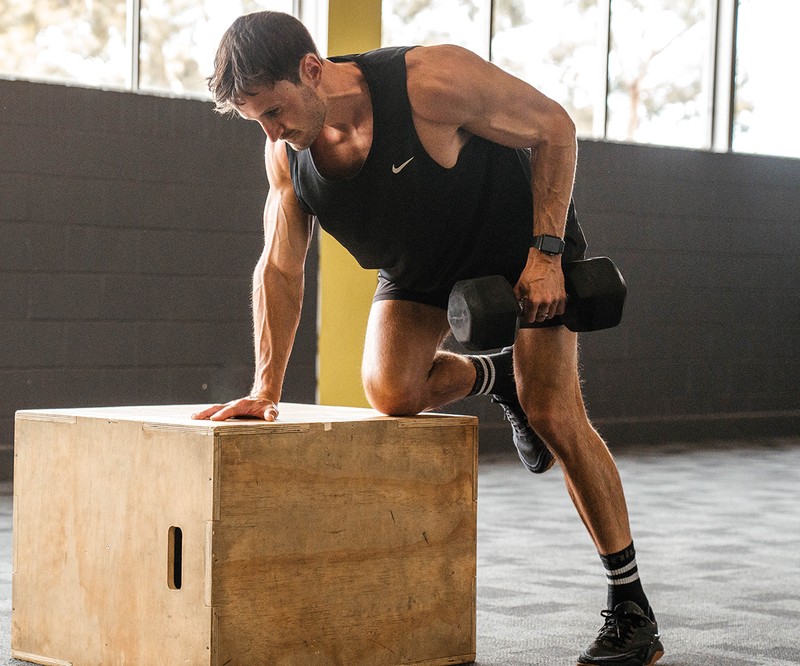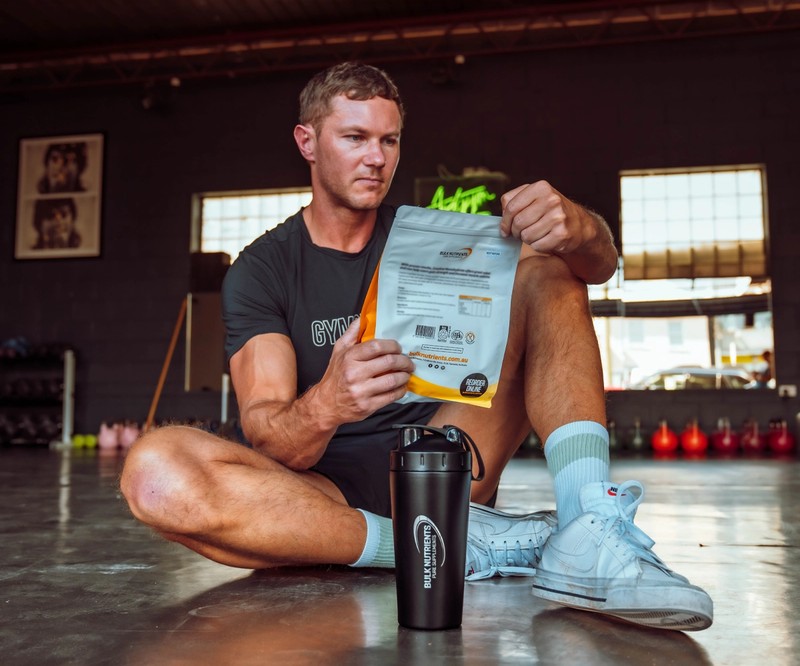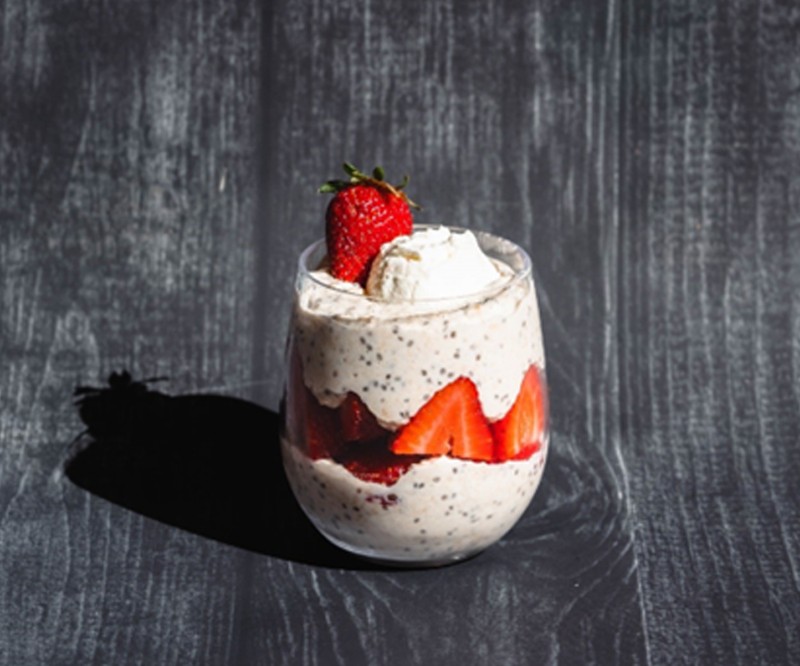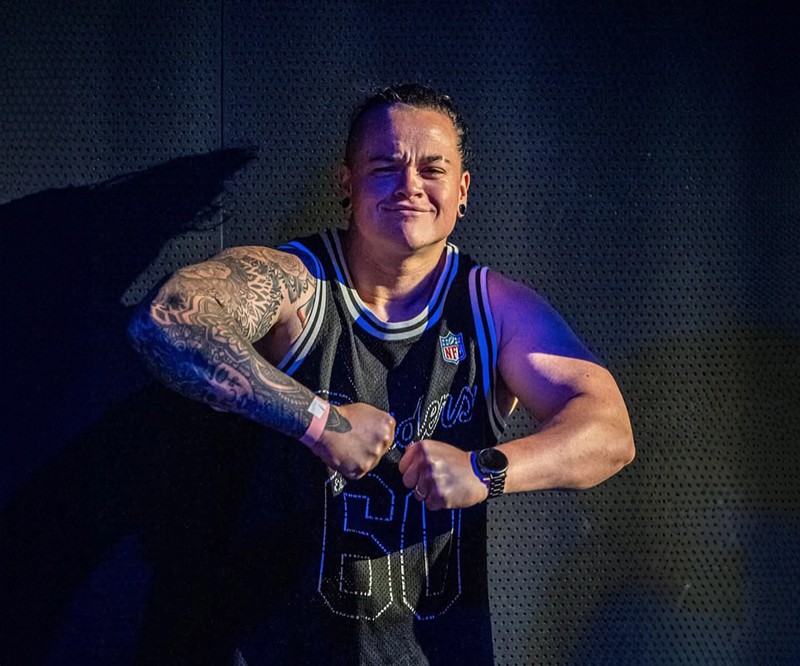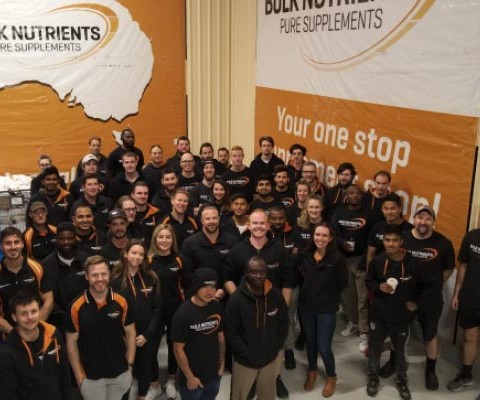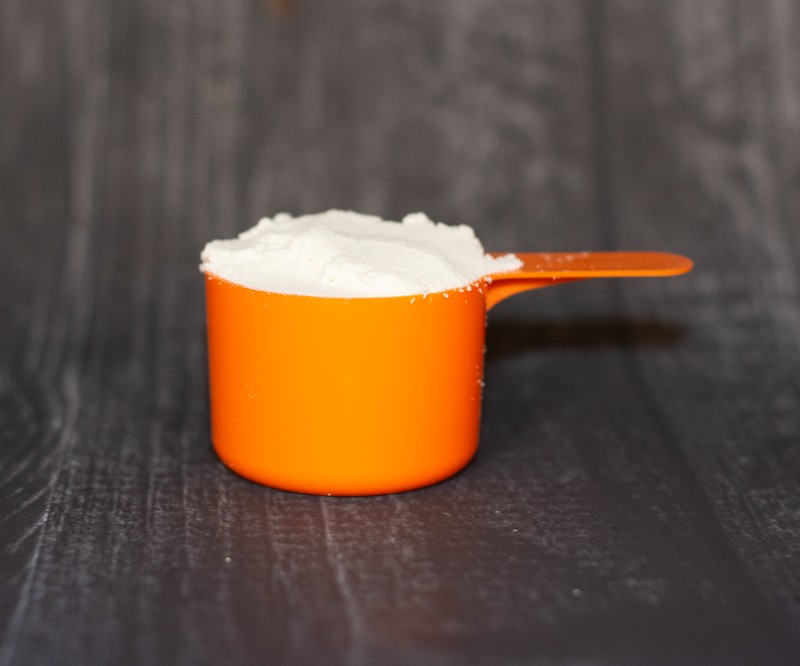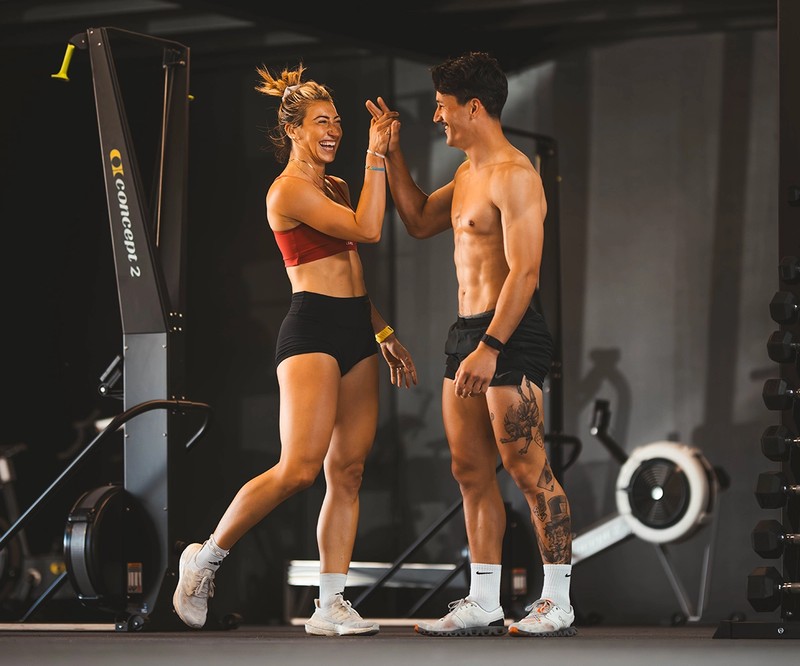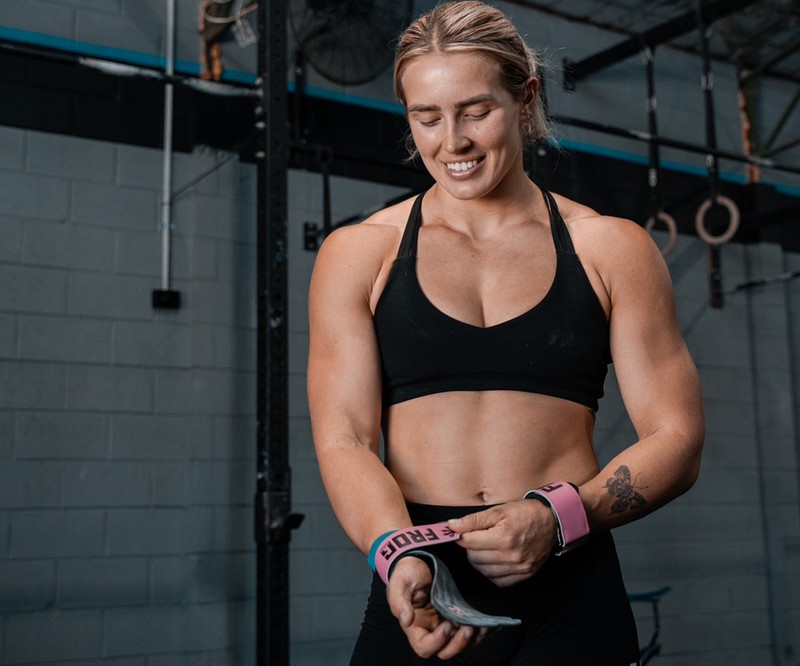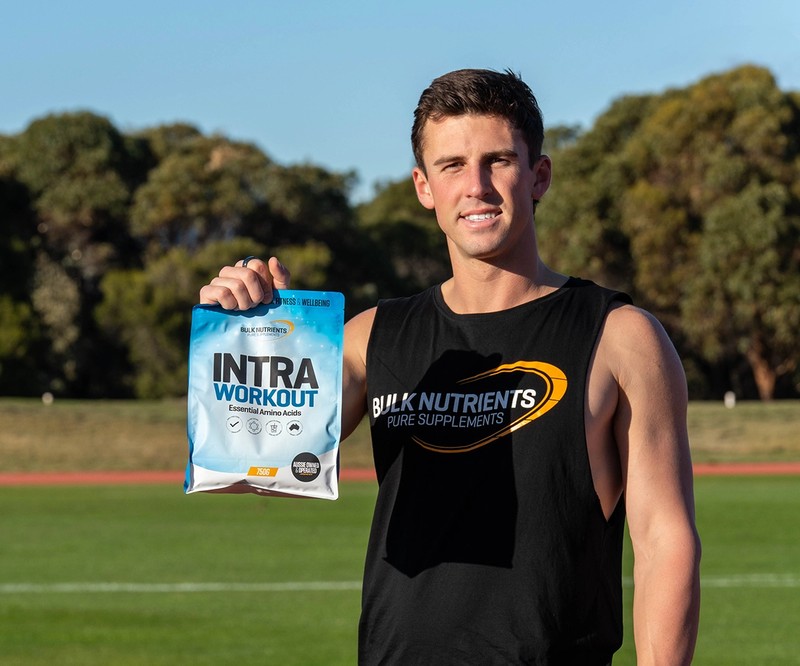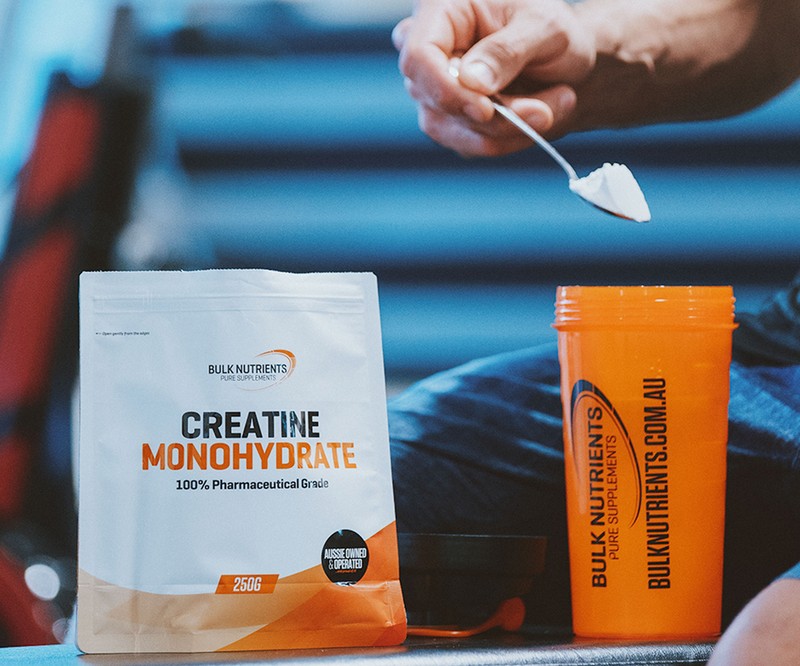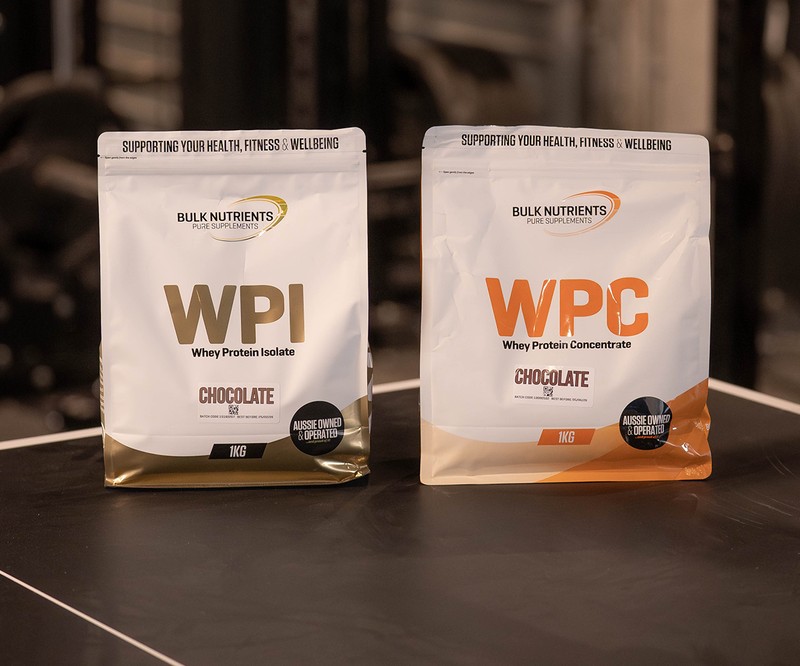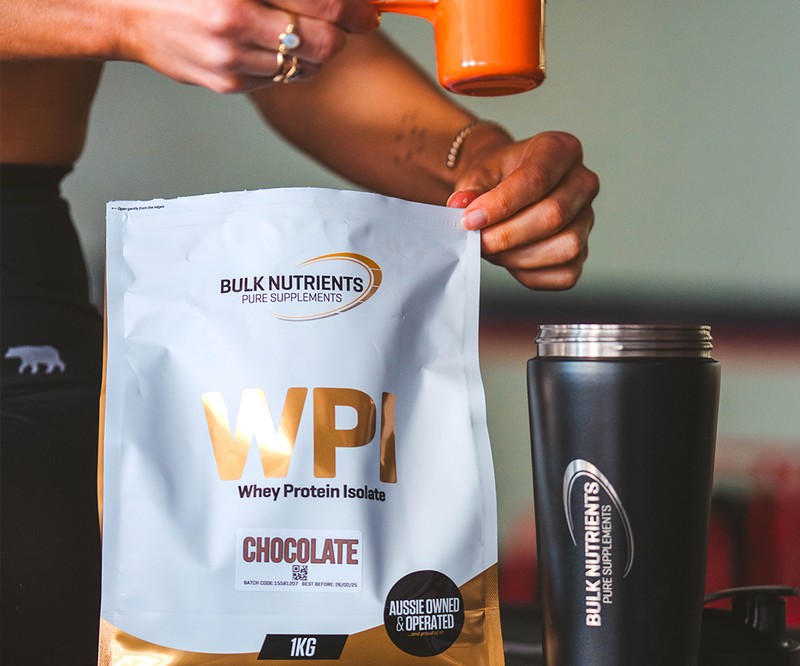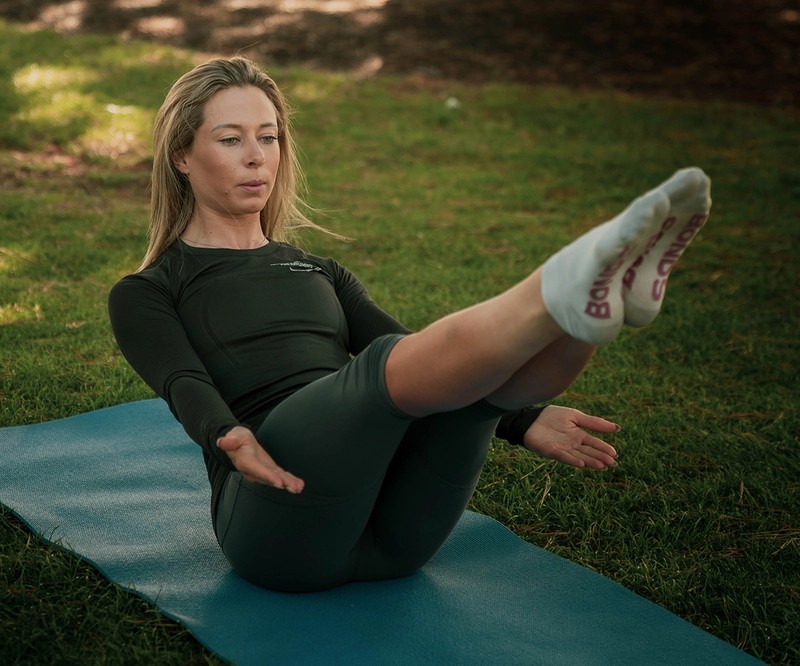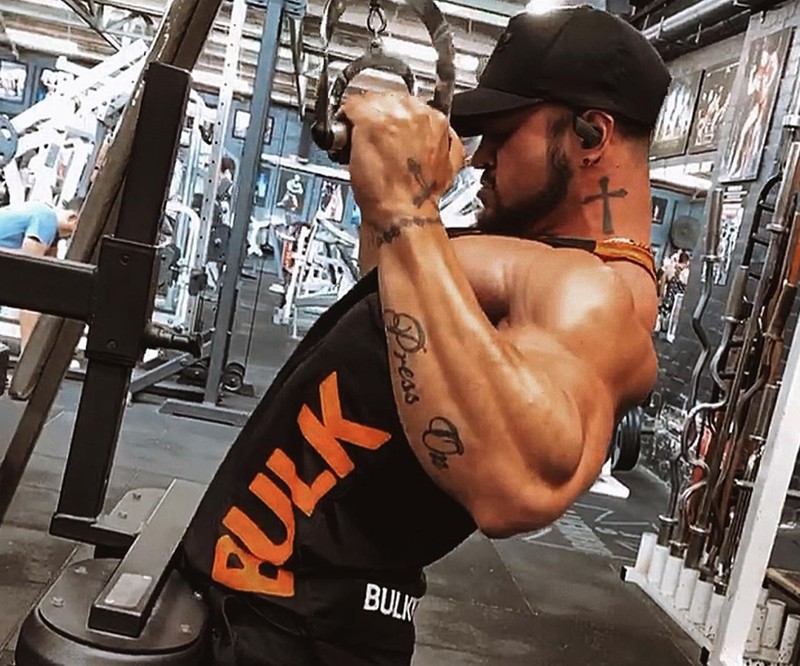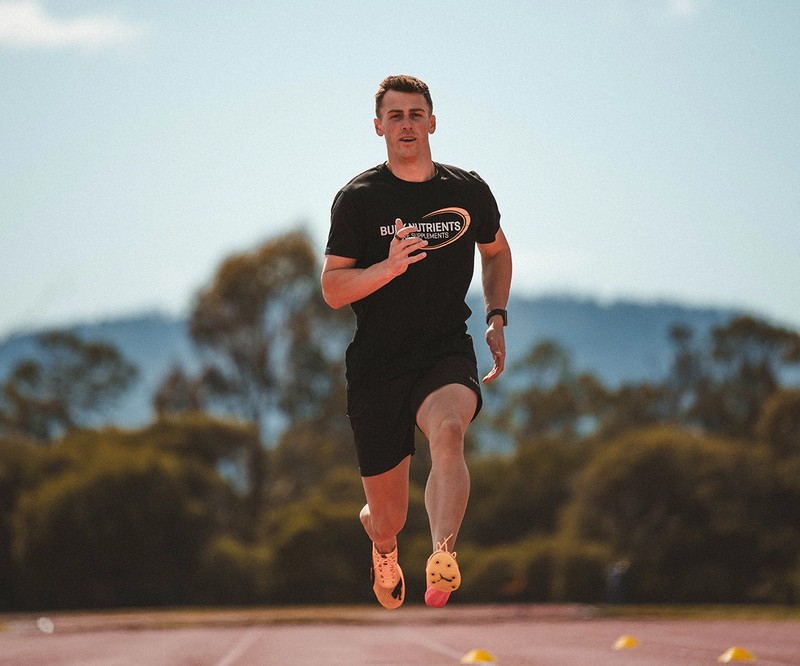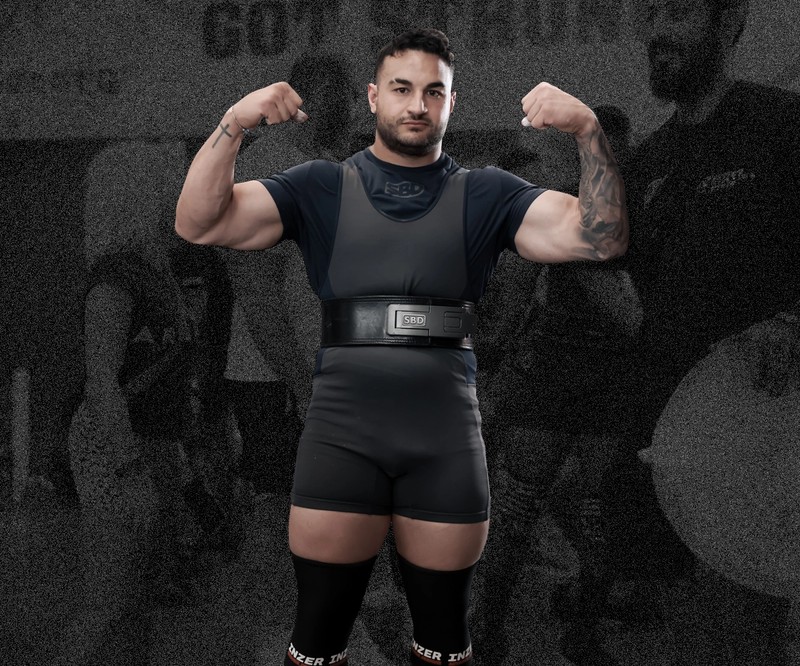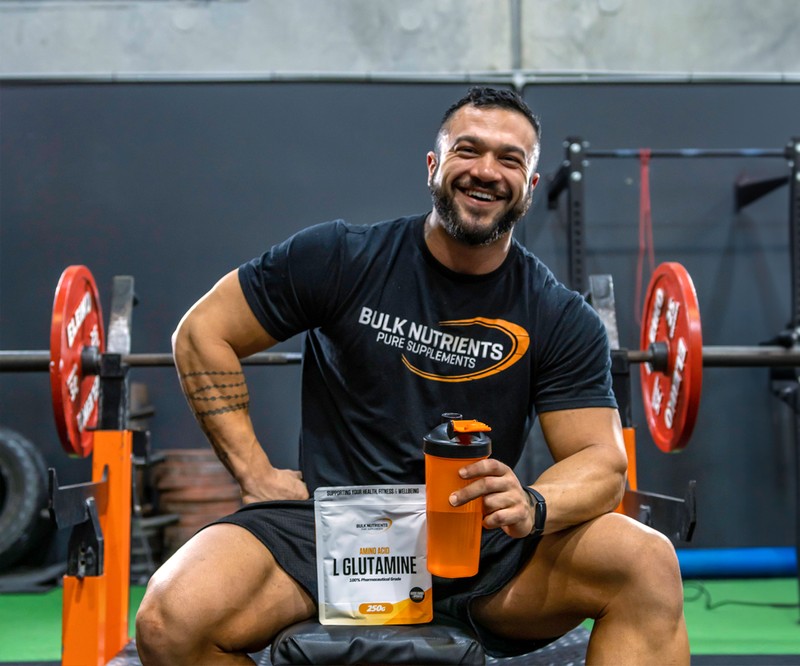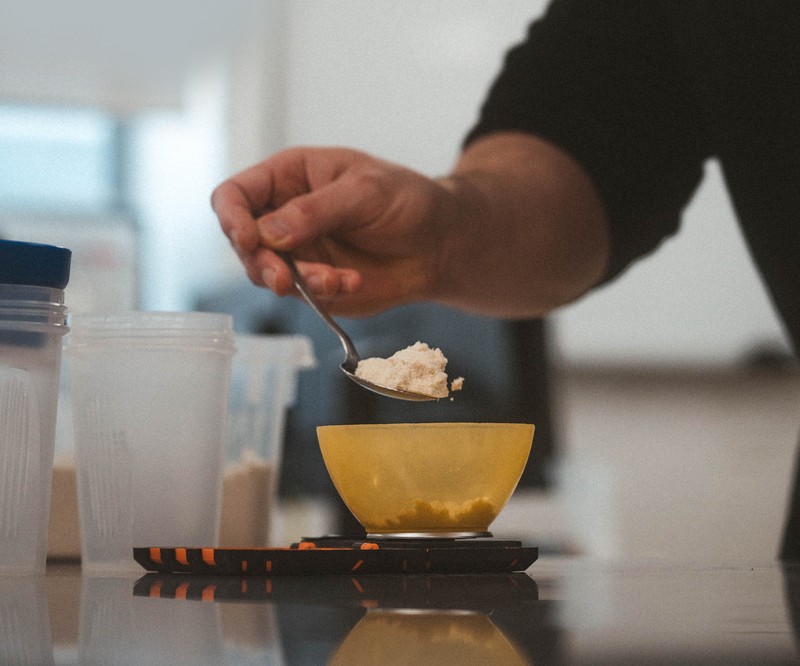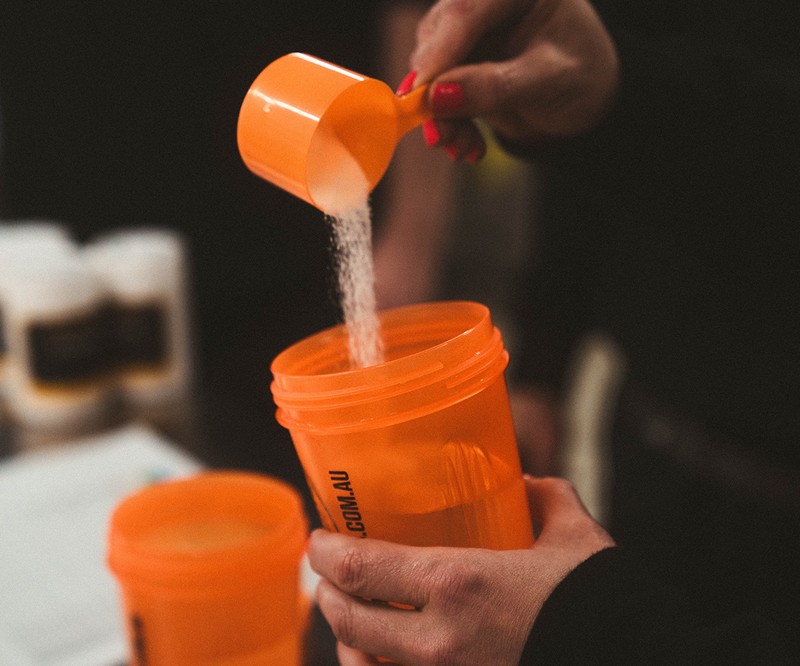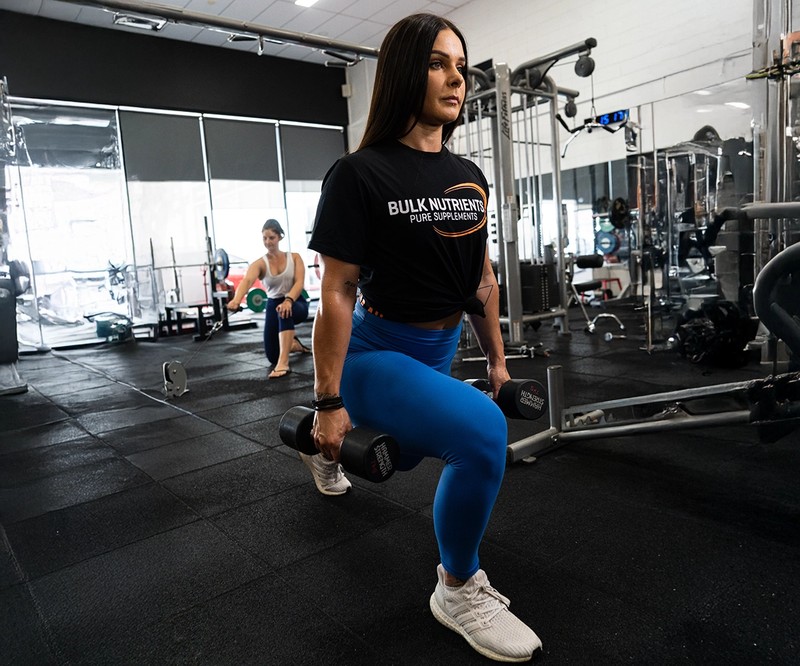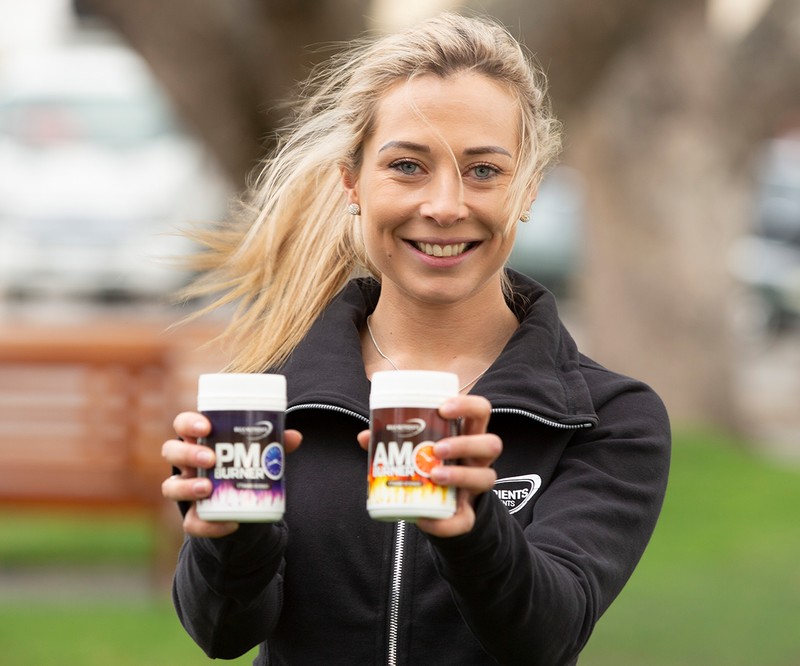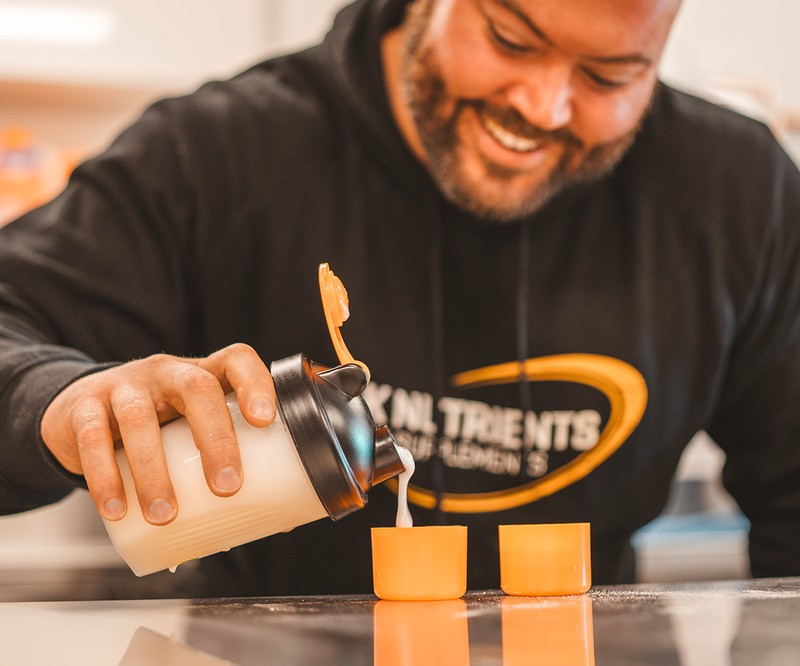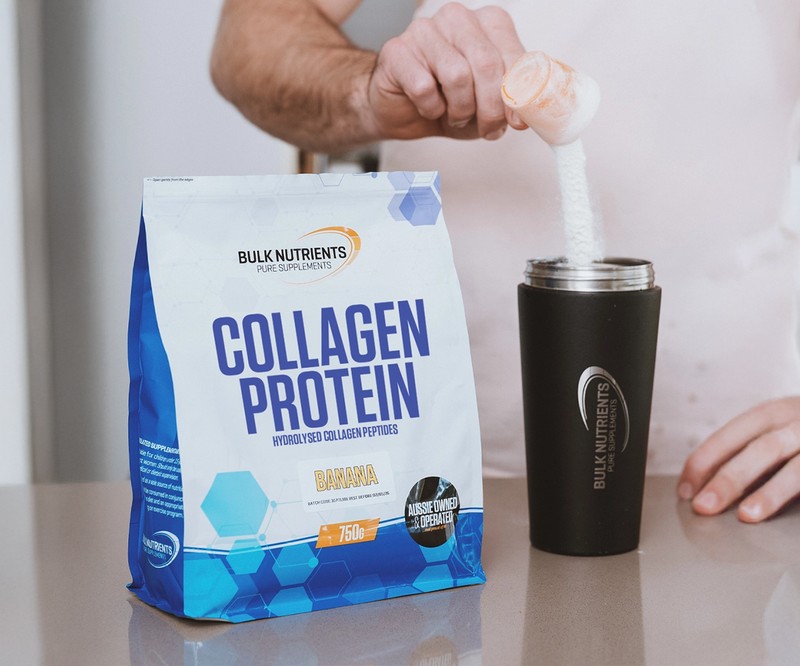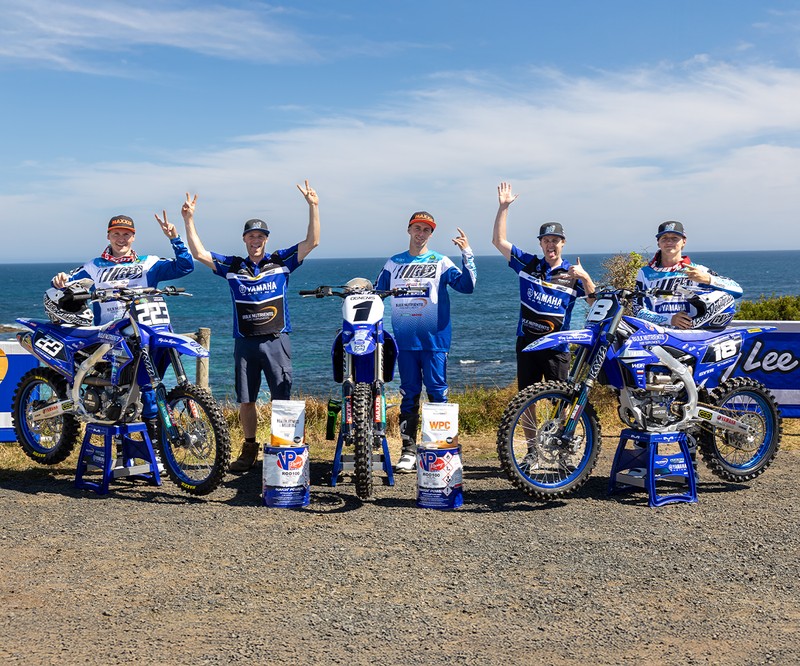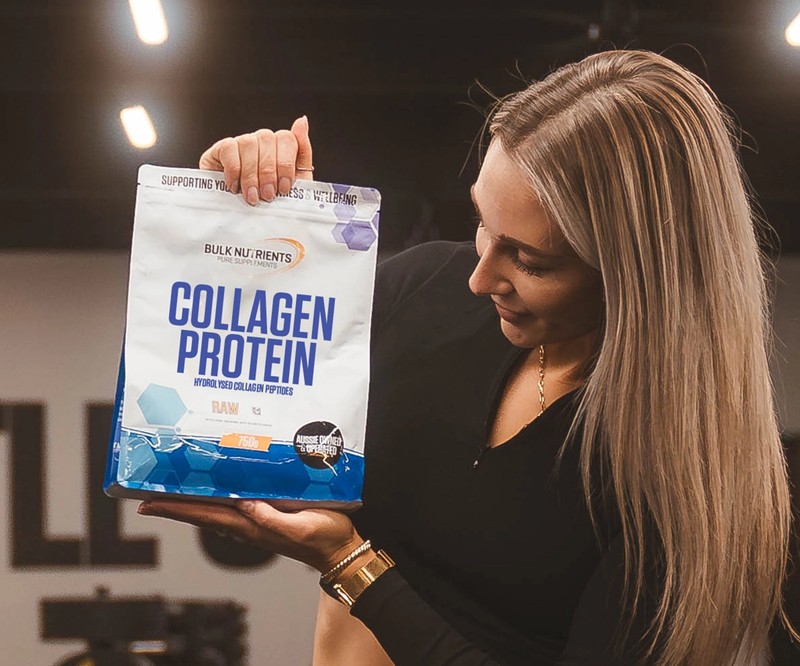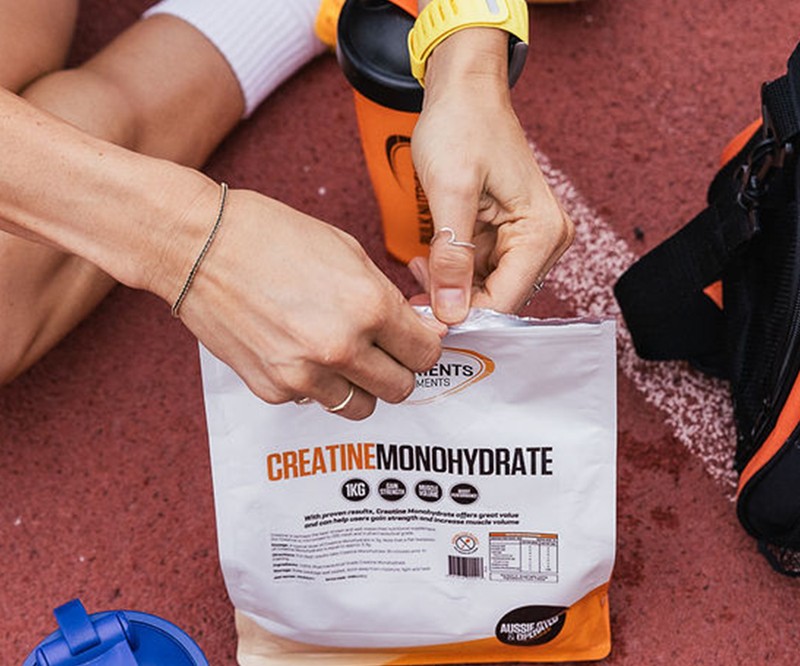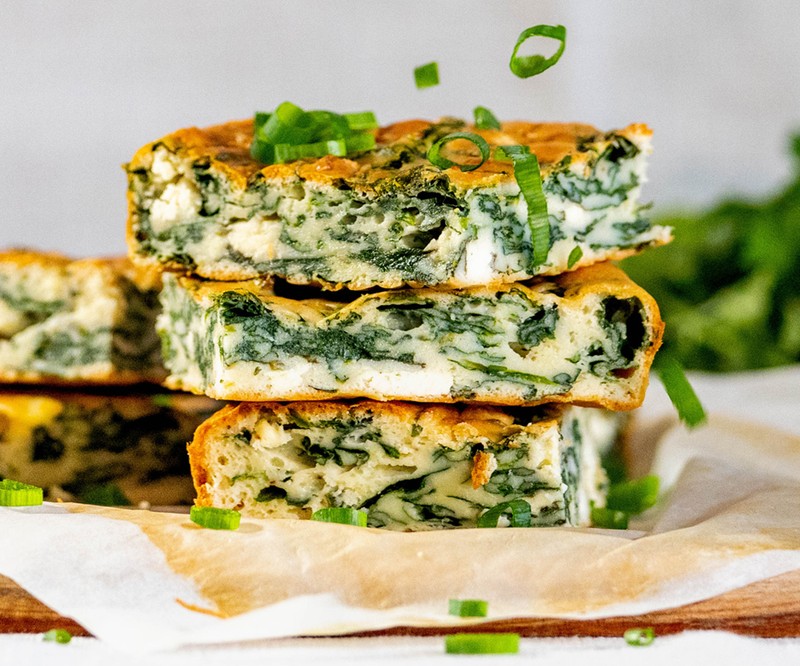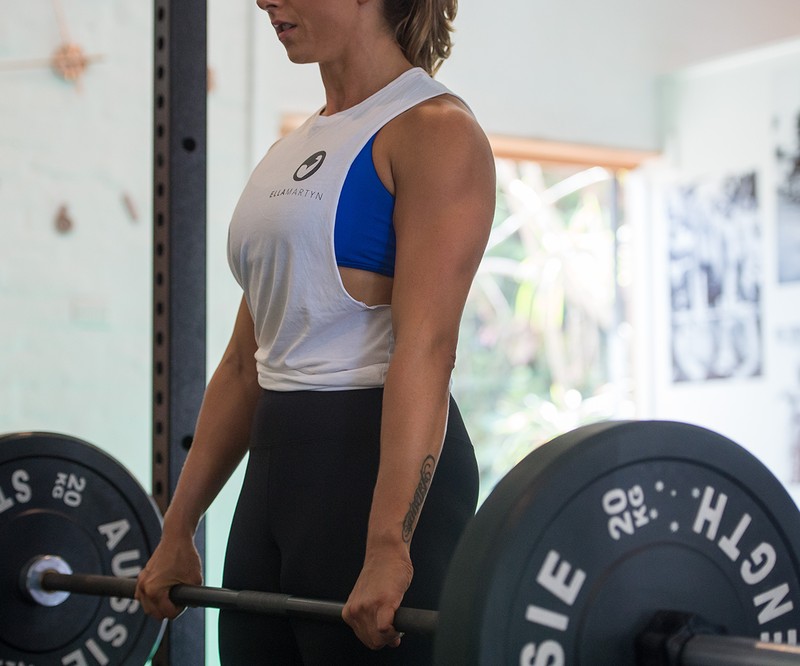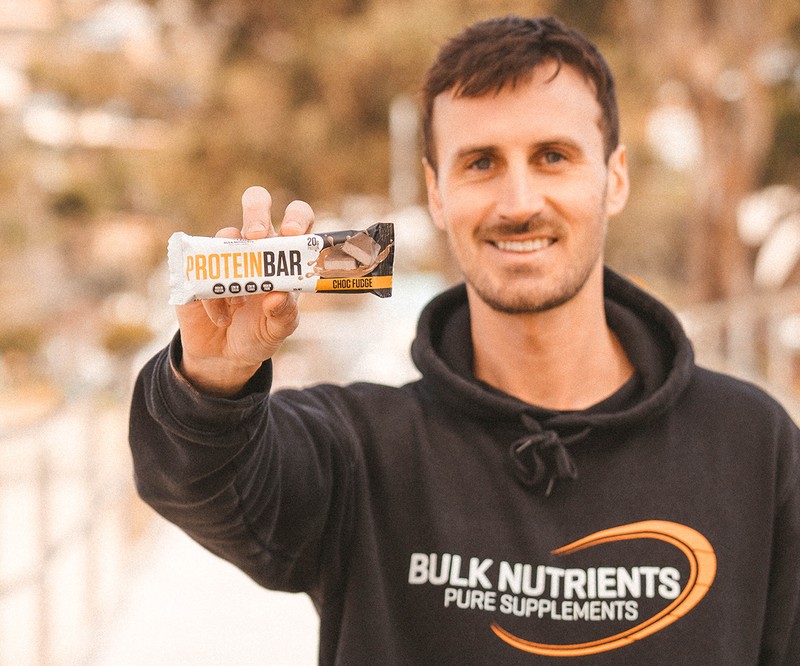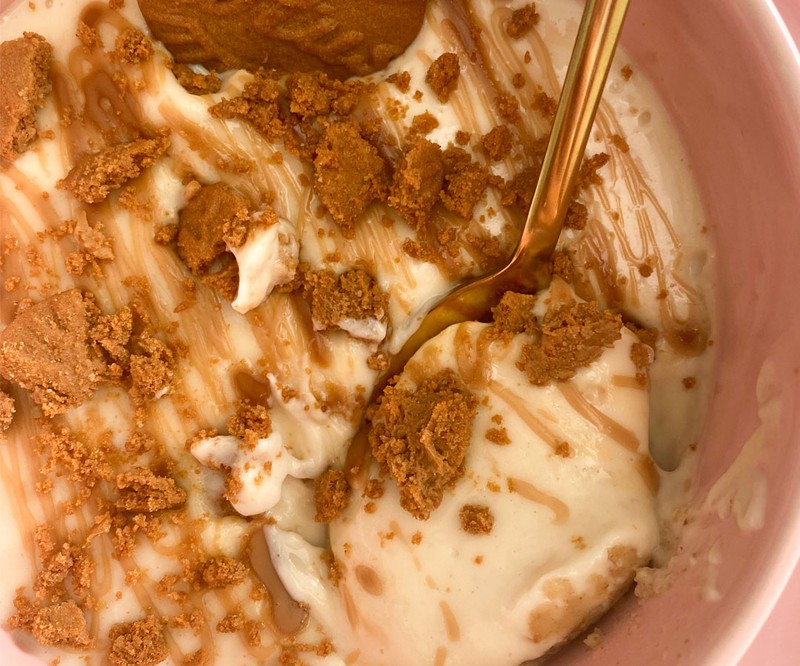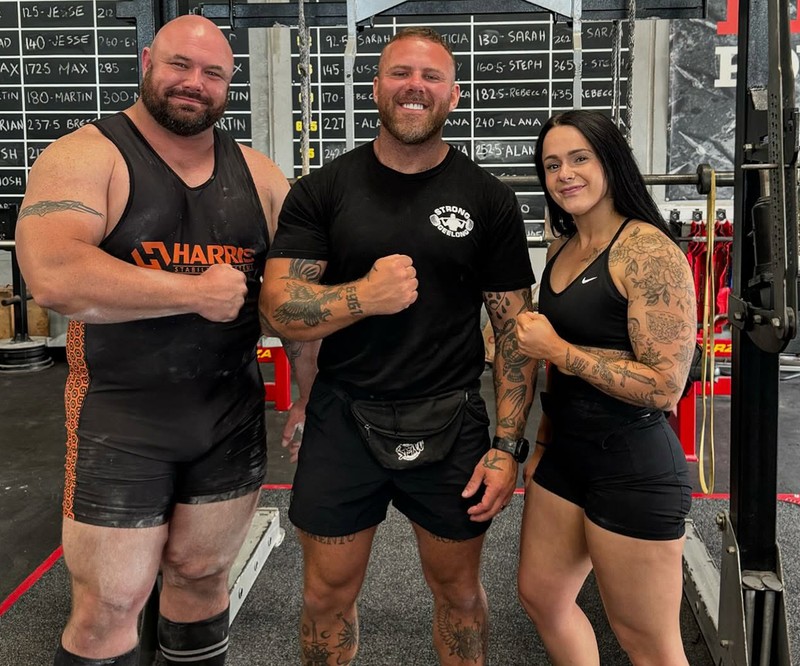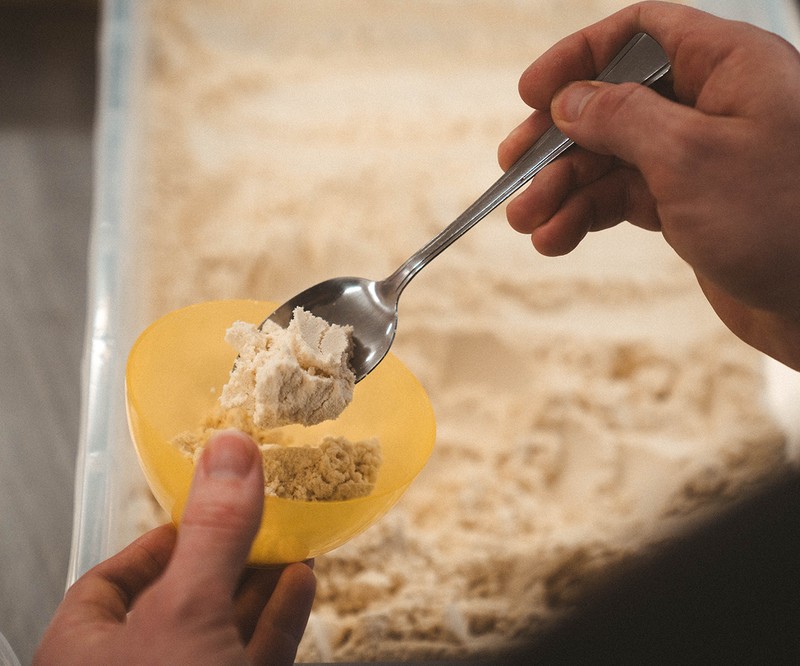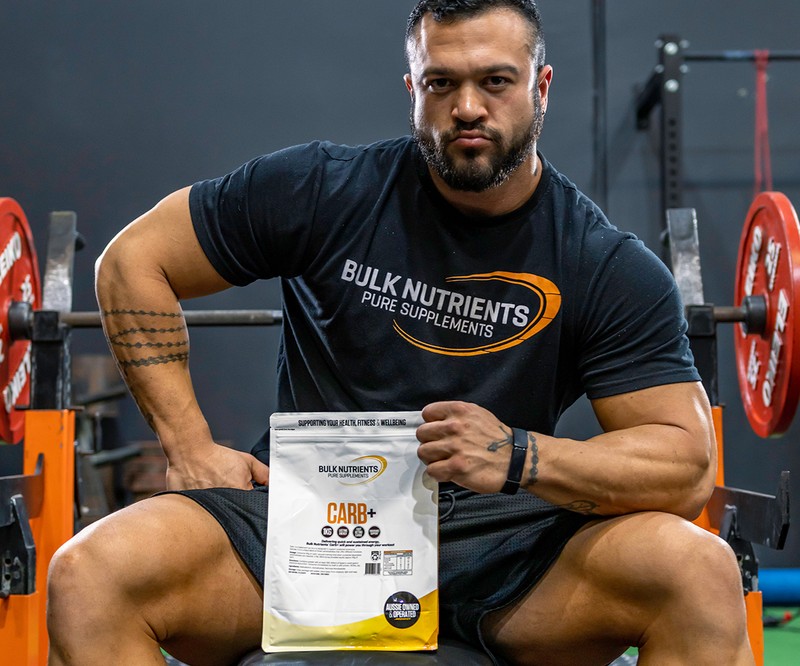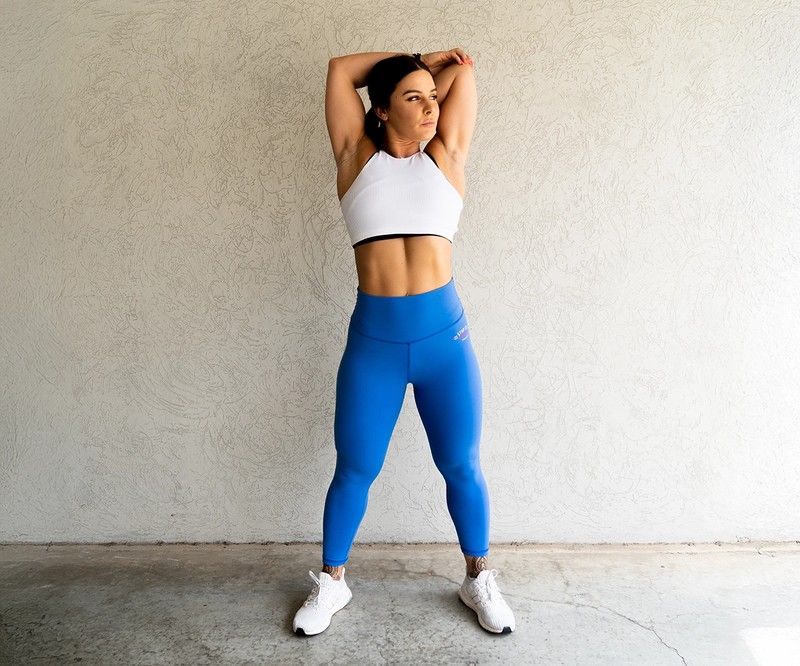A Science-Based Leg Workout for Maximum Muscle Growth

The best leg exercises for muscle growth
Starting from scratch, the word quad means four - and there are four muscles within your quadriceps.
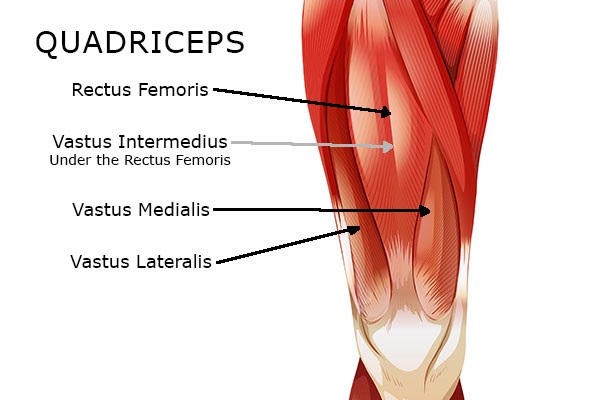
A study in 2022 investigated step-ups, squats and split squats for muscle growth, to see which exercise worked different quadricep muscles the most.
It also looked at muscles within the hamstrings, glutes, and calves. And all exercises were found to work the:
- gluteus maximus
- m. gluteus medius
- vastus lateralis
- m. vastus medius
- m. vastus intermedius
- m. semitendinosus
- m. semimembranosus
- m. biceps femoris long head
- m. soleus
- m. gastrocnemius lateralis
- m. gastrocnemius medialis
In other words, they worked the quads, hamstrings, calves, and glutes.
But here's where it gets interesting:
"In addition, load-dependent increases in m. gluteus maximus, vastus lateralis, m. vastus medius, m. vastus intermedius, and m. biceps femoris long head forces were often more pronounced during the split squat and step up than the squat across the range of loads used in this study."
In simpler terms, this means that split squats work our glutes, quads, and long head of the hamstrings better than squats for muscle growth.
But does that mean squats are out?
Not at all - they're still a vital exercise that allows you to really load up your quads and test your strength.
And the squats are still a multi-joint exercise that works our quads well.
But there's still one big muscle it doesn't hit that well: the rectus femoris.
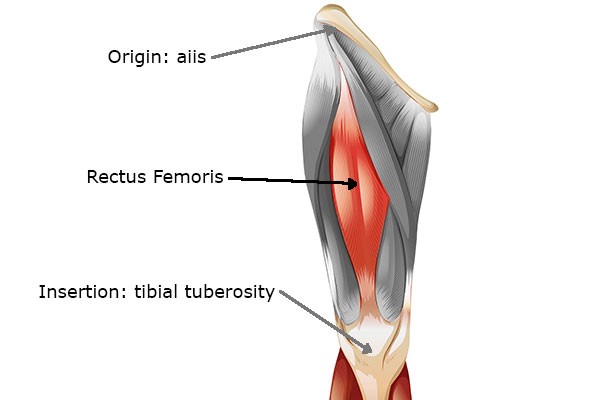
Electromyography studies show us that while the aforementioned vastus muscles contract well during the squat, the rectus femoris only contracts about half as much.
For example, this study found that the squats didn't grow the rectus femoris adequately.
But there's no reason to be concerned because we can grow our rectus femoris with leg extensions.
This study found leg extensions resulted in more growth of the rectus femoris (26%) than the vastus medialis (12%), the vastus intermedius (6%), and the vastus lateralis (11%) after 12 weeks of training.
So, you can see what's happening here. Right before our eyes, the program is coming together based on the findings of science: the squats will work 3 of 4 muscles, Bulgarian split squats will be even better, and leg extensions will make up for the inadequate growth of the rectus femoris.
Other research has compared:
- Normal squats
- Wall squats
- Spanish squats
And has found the rectus femoris to be activated more during Spanish squats than the wall squat and the general squat. It also activated the vastus lateralis more, too!
So, adding in some Spanish squats can help bring out the rectus femoris along with leg extensions.
So, with that being said, here's a great place to start:
Workout for maximum leg muscle growth
5 x barbell back squats
4 x Bulgarian split squats (do these with dumbells or kettlebells)
5 x leg extensions
3 x Spanish squats
Rep ranges can be anywhere from 4-6 right up 25.
If you're training until muscle failure, you'll grow muscle either way.
So now you've got your exercises, but that's only half the story.
You need to ensure you're practising the principle of progressive overload in your leg training.
Progressive overload with leg training
Progressive overload occurs by increasing the workload for muscles beyond present capacity, inducing further muscle growth.
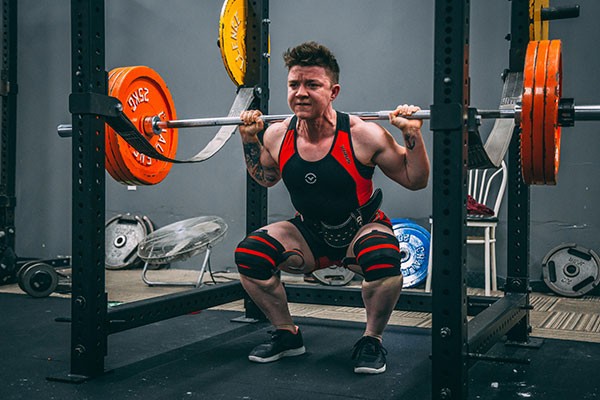
Research shows we can practice progressive overload in the following four ways:
- Increasing the amount of weight we lift
- Increasing the training volume by increasing the number of reps, sets, or exercises performed
- Altering rest periods
- Increasing rep speed during lighter loads
Research tells us the most popular method is number 1.
This falls in line with the first principle of muscle growth, mechanical tension; the tension a muscle is under in response to the load being lifted.
In other words, lifting heavy induces more mechanical tension, one of the three principles of muscle growth:
- Mechanical Tension
- Metabolic Stress
- Muscle Damage
Implementing progressive overload for maximal quadricep growth
Progressive overload should be slowly implemented into your leg training program.
But how slowly?
One lot of research suggests that changes in total training volume (reps, sets, load) be made in increments of 2.5% to 5.0% per week to avoid the chance of overtraining.
Now whilst this all seems like common sense, no one at the gym is really doing it!
It's not uncommon to see certain gym-goers do the same volume and weight, week in and week out.
This is why most people's physiques never change.
The importance of progressive overload for muscle growth
In order for muscle to keep growing, it must be tested beyond what it is used to.
The same principle applies to most things in life; we don't get better by doing what we've always done!
Specifically, as muscles become more capable of producing greater force, power or endurance, it's time to increase the workload.
Because without these forced measures, muscle adaptations (like growth) can't occur.
And if we chose to not adapt, then we will hit a plateau.
But it's a balancing act; we must continue to lift weights with enough frequency, weight, and time, to allow for progressive overload to occur without producing fatigue.
Of course, adding more weight to the bar leads to an increase in strength, which is partially due to an increase in muscle size.
But this isn't the only way to grow muscle, of course. Lighter loads help as we went through, too.
The bottom line on a science-based leg workout
Different quadricep exercises will work the different muscles of the quadricep. The squats will work the vastus lateralis, vastus medialis, and vastus intermedius, but not the large rectus femoris as effectively.
But we can make up for that with leg extensions, and Spanish squats, which work the rectus femoris better than the general squat, and the vastus lateralis, too!
Bulgarian split squats work the vastus lateralis, vastus medialis, and vastus intermedius better than the normal squat in one study.
By performing all exercises, with the principle of progressive overload, we're giving ourselves a great chance at maximal quadricep growth!
References:
- Allerheiligen WB. Speed development and plyometric training. In: Baechle TR, ed. Essentials of Strength Training and Conditioning. Champaign, IL: Human Kinetics; 1994:314-344
- American College of Sports Medicine Position stand: progression models in resistance training for healthy adults. Med Sci Sports Exerc. 2002;34:364-380
- Appleby B, Newton RU, Cormie P. Changes in strength over a 2-year period in professional rugby union players. J Strength Cond Res. 2012 Sep;26(9):2538-46. doi: 10.1519/JSC.0b013e31823f8b86. PMID: 22076095.
- Ema R, Wakahara T, Miyamoto N, Kanehisa H, Kawakami Y. Inhomogeneous architectural changes of the quadriceps femoris induced by resistance training. Eur J Appl Physiol. 2013 Nov;113(11):2691-703. doi: 10.1007/s00421-013-2700-1. Epub 2013 Aug 15. PMID: 23949789.
- Fleck SJ, Kraemer WJ. Designing Resistance Training Programs. 3rd ed. Champaign, IL: Human Kinetics; 2004
- Fonseca RM, Roschel H, Tricoli V, de Souza EO, Wilson JM, Laurentino GC, Aihara AY, de Souza LeÜo AR, Ugrinowitsch C. Changes in exercises are more effective than in loading schemes to improve muscle strength. J Strength Cond Res. 2014 Nov;28(11):3085-92.
- Goldberg AL, Etlinger JD, Goldspink DF, Jablecki C. Mechanism of work-induced hypertrophy of skeletal muscle. Med Sci Sports. 1975 Fall;7(3):185-98. PMID: 128681.
- Kipp K, Kim H, Wolf WI. Muscle Forces During the Squat, Split Squat, and Step-Up Across a Range of External Loads in College-Aged Men. J Strength Cond Res. 2022 Feb 1;36(2):314-323. doi: 10.1519/JSC.0000000000003688. PMID: 32569122.
- Kraemer WJ, Newton RU. Training for muscular power. Phys Med Rehabil Clin North Am. 2000;11:341-368
- Lee, JH., Kim, S., Heo, J. et al. Differences in the muscle activities of the quadriceps femoris and hamstrings while performing various squat exercises. BMC Sports Sci Med Rehabil 14, 12 (2022). https://doi.org/10.1186/s13102-022-00404-6
- Mitchell CJ, Churchward-Venne TA, West DW, et al. Resistance exercise load does not determine training-mediated hypertrophic gains in young men. J Appl Physiol (1985). 2012;113(1):71-77. doi:10.1152/japplphysiol.00307.2012
- Schoenfeld BJ, Grgic J, Ogborn D, Krieger JW. Strength and Hypertrophy Adaptations Between Low- vs. High-Load Resistance Training: A Systematic Review and Meta-analysis. J Strength Cond Res. 2017 Dec;31(12):3508-3523. doi: 10.1519/JSC.0000000000002200. PMID: 28834797.
- Schoenfeld BJ, Grgic J, Van Every DW, Plotkin DL. Loading Recommendations for Muscle Strength, Hypertrophy, and Local Endurance: A Re-Examination of the Repetition Continuum. Sports (Basel). 2021;9(2):32. Published 2021 Feb 22. doi:10.3390/sports9020032
- Thein BL. Endurance impairment. In: Hall CM, Thein BL, eds. Therapeutic Exercise: Moving Toward Function, Philadelphia, PA: Lippincott Williams & Wilkins; 1999:87-111
- Yavuz HU, Erdag D. Kinematic and Electromyographic Activity Changes during Back Squat with Submaximal and Maximal Loading. Appl Bionics Biomech. 2017;2017:9084725. doi:10.1155/2017/9084725
Related Blogs
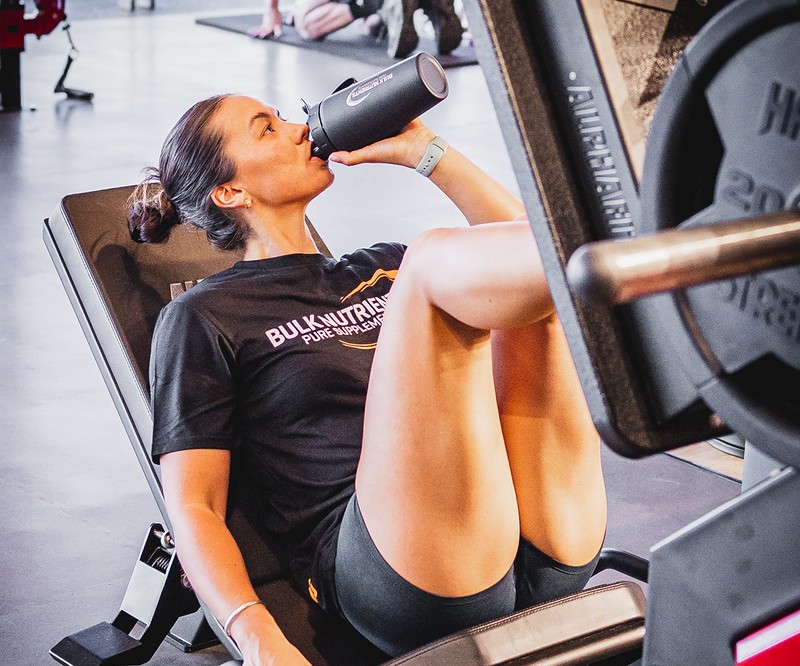
The Best Foot Placements for Leg Press Muscle Growth
Posted by Bulk Nutrients
Estimated reading time: 5 minutes
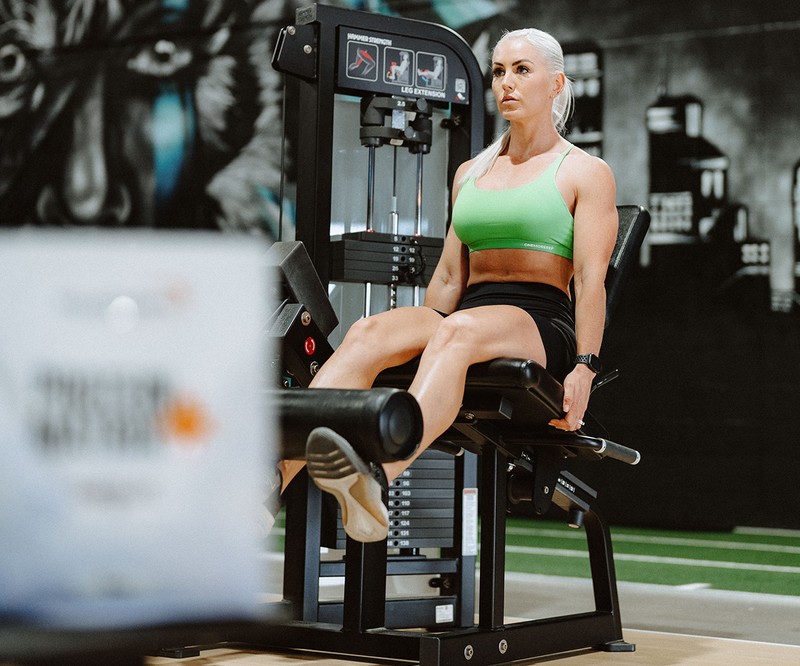
Leg Extensions vs Squats for Quadricep Growth
Posted by Bulk Nutrients
Estimated reading time: 5 minutes

Bridget's booty workout
Posted by Bridget Freeman
Estimated reading time: 2 minutes

